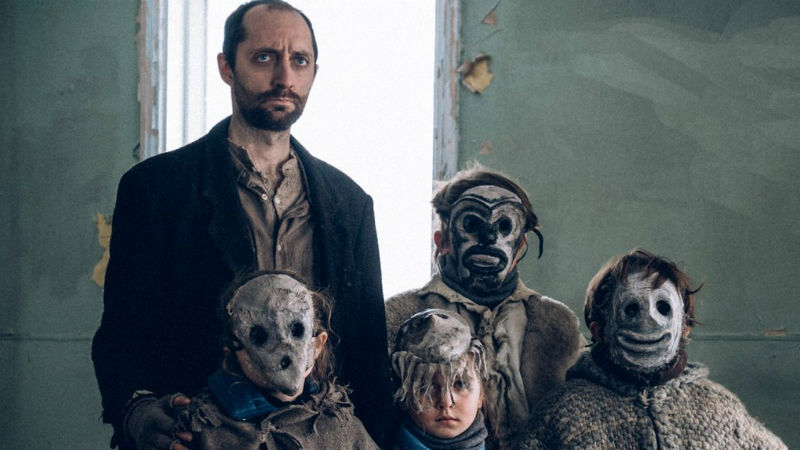Adapted from Laurence Olivier’s eponymous 2015 novel, this unusual ghost story takes place in the wintry Irénée-les-Neiges, a fictional town with a population of just 215. It all starts when 21-year-old Simon Dubé dies in a car accident. His family and locals suspect that he took his own life due to depression, and the inability to break away from his dull routine. As the family and the locals grapple to come to terms with the tragic death, strange events begin to take place.
The government wants to help the small community to overcme the tragic loss. They recruit a social worker from Montreal in order to support the mourning locals, but the formidable mayoress Simone Smallwood (played by veteran Diane Lavallée) emphatically turns the offer down, instead sending the envoy away. She claims that the tiny hamlet is emotionally self-sufficient and they can handle their problems on their own, as they always have. It’s as if Irénée-les-Neiges wanted to be detached from the rest of the world.
Suddenly, paranormal entities begin to appear. Children wearing masks wander the snowy fields and streets. Silhouettes pop out of people’s windows. Spectres show up inside the houses, triggering hapless locals to run scared. The late Simon appears inside his father Romouald’s (Jean-Michel Anctil) car. He also visits his older brother Jimmy (Robert Naylor) and their mother Gisele (Josée Deschênes), separately and on different occasions. The silent apparitions (the dead don’t talk) continue to escalate, seemingly outnumbering the living. Soon the streets are dotted with quiet and spooky figures. We learn that some of these people died decades earlier.

Despite the paranormal topic, this not a horror movie. Denis Cote is not a genre director, but instead a recognised auteur. This is not the type of film that will keep you in the edge of your seat, even if some of the images are quite creepy. The cinematography (shot on 16mm stock) is mostly grainy, with a touch of grey and gloom, evoking photographs from yore. The dead are never covered in blood. There are no gaping wounds and contorted faces. They just look sad and passive. This is not George Romero. Instead, this a subtle art movie, a commentary on small-town insularity, where life is so trite and banal that the dead are more liberated than the living. Young people feel particularly trapped. The desire to move away is pervasive.
A young woman called Adele (Larissa Corriveau, pictured at the top of this review), with apparent learning difficulties, is very scared of the apparitions. Corriveau is magnificent, her big bulgy eyes conveying a palpable sense of vulnerability. But she has a surprise in store for everyone. She finds a very peculiar way of rising above both the living and the dead in the end of the movie. A very unorthodox redemption. Those who have seem Pasolini’s Teorema (1968) will know exactly what I mean.
All in all, this is an elegant and moving ghost story, even if a little lethargic at times. The images of the equally dismal dead and living inhabitants of Irénée-les-Neiges will stay with you for some time.
Ghost Town Anthology premiered at the BFI London Film Festival in October 2019, when this piece was originally written. It’s on Mubi in April and May!








